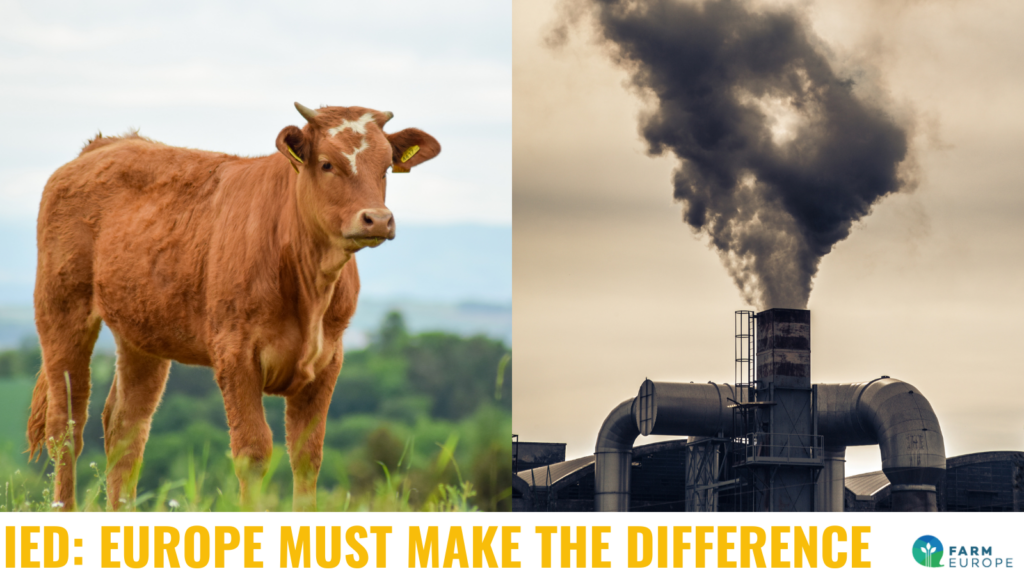The European Parliament made a positive step forward in its vote on imported deforestation (EUDR-2023/1115). This position will remove unnecessary red tapes for EU farmers, while securing the level of ambition in the fight against deforestation.
The perimeter of the regulation covering operators and traders is unchanged. The delay is limited to one year, necessary to finalise the implementing acts of this regulation which is cornerstone for trade reciprocity, sustainability, and fair value chains for agriculture and food products.
MEPs approved the amendments introducing a new “no risk” category for countries, which comes in addition to the existing “low,” “standard,” and “high” risk categories for deforestation. Countries designated as “no risk”— defined as those with stable or growing forested areas—would face notably reduced compliance requirements.
The current version of the text was agreed upon by the Parliament with 371 votes in favour, 240 votes against and 30 abstentions. It is now crucial for the Council of the European Union to join the Parliament’s approach as soon as possible, and for the Commission to fully complete the implementation of the regulation, including the platform providing an “early warning system” to assist the competent authorities, operators, traders and other relevant stakeholders, as established by Recital 31.
The Commission is also expected to complete a country benchmarking framework by June 30, 2025.
